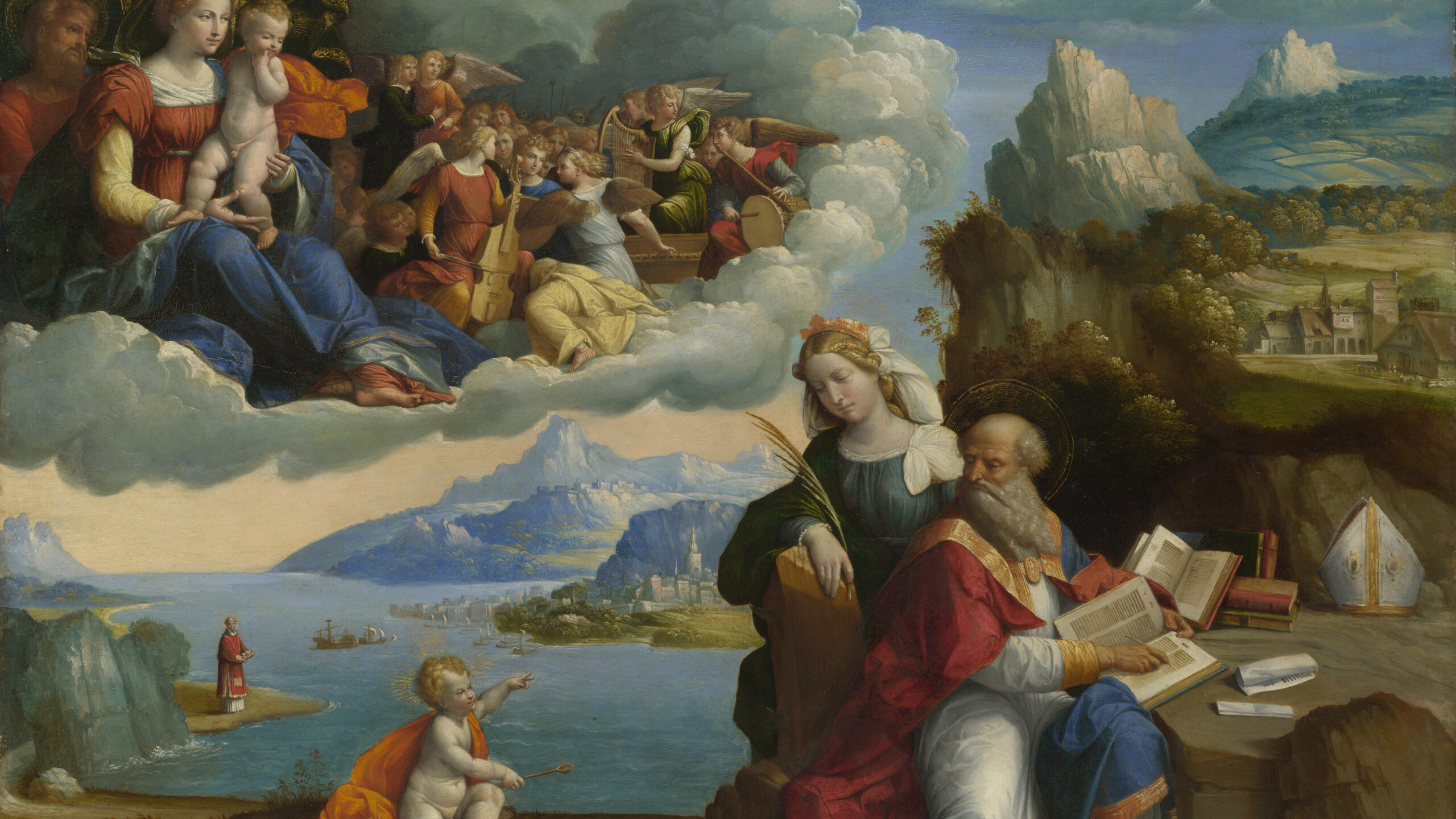These centuries saw a sustained effort to build what has often been called a papal monarchy, to develop a system of ecclesiastical (canon) law, and to think through an overarching theological system. They also saw the expansion and proliferation of the monasteries as new orders of monks came into being, often with reform as their aim.
Those who use the term papal monarchy believe that the papacy strove steadily to dominate the temporal as well as the spiritual government. Others argue that Christian theorists had always understood that human affairs must be governed jointly by a secular and a religious authority and that the popes would never have wished to see secular rulers altogether powerless. A third group maintains that, at least in the heat of battle with secular authorities, the popes did in fact voice extreme claims to complete supremacy.
In the controversies that marked the period between the eleventh and fourteenth centuries, both the papacy and secular rulers expressed many extreme views. It is often difficult to judge how far such statements were put forward with complete sincerity, how far as arguments to win adherents, or how far as expressions of extreme claims that might be used as bargaining positions, and from which some retreat was always envisioned.
Christ himself had cautioned the faithful to distinguish between the things that are Caesar’s and the things that are God’s (Luke 20:25). Paul cautioned all Christians that “the powers that be are ordained of God” (Romans 13:1), so for Paul the secular powers were there to be obeyed. But at the time that Christ and Paul spoke, Christians were a tiny minority in the Roman world; the precepts became difficult to interpret later when the Christian church was supreme. As early as the fourth century, St. Ambrose, as bishop of Milan, excommunicated an emperor (Theodosius I) and forced him to do penance.
Augustine had conceded the necessity of a civil state with laws and police to enforce them, while cautioning true Christians to lift their eyes above the affairs of the mere earthly city. It was Pope Gelasius (r. 492-496) who wrote to the emperor at Constantinople that there were “two by which the world is ruled”: the “sacred” authority (auctoritas) of priests and the royal power (potestas), and that the priests had the higher responsibility.
To this day scholars argue whether auctoritas meant “moral authority” or “the natural right to rule”; whether potestas meant “sovereign power” or only “a power delegated by a superior instructing church”; or even whether both words really meant essentially the same thing. Gelasius was surely thinking of the still more cryptic words of Luke 22:28, in which the apostles said to Christ, “Lord, behold, here are two swords,” and Christ answered, “It is enough.” This passage was constantly used in the Middle Ages to refer to the roles of the church and the state in human society.
Having broken with Byzantium and having been strengthened by the Frankish alliance and the protection of Pepin, Charlemagne, and their successors, the papacy in the tenth century sank into impotence, as the individual popes became instruments in the hands of rival Roman aristocratic families contesting for power in the city.
Drunkenness, incest, arson, and murder were among the charges against the pope whom Otto deposed in 962. In such an atmosphere, the buying and selling of church offices (the sin of simony) was not uncommon, and immorality of other kinds—including the marriage or irregular union of priests or monks—was not curbed.
As early as the year 910, at Cluny, in eastern France, a Benedictine monastery was founded whose powerful abbots refused to tolerate, among their own flock or elsewhere, concubinage, the sale of church offices, and other abuses; they created a series of “daughter” monasteries all inspired with the same reforming principles. More than three hundred new monastic foundations were inspired by Cluny. Living in strict accordance with the ascetic rule of Benedict, the Cluniac monks acted as an organized pressure group to spread reform everywhere in the church.
Rome remained the core of the church. Papal business continued to be conducted, even when the popes were viewed as unworthy. It was not until the mid eleventh century that full-fledged reform came to the papacy itself. Important in papal reform, ironically enough, were the continued secular interests of the German monarchy. For this reason papal and German history became inextricably entwined.

